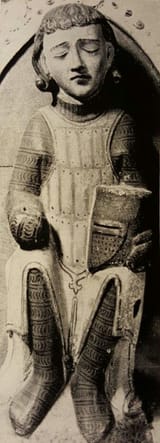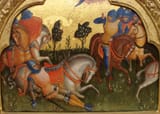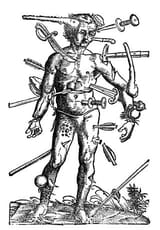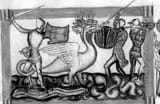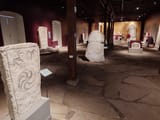KM
!hgcMxFhLmk
7/5/2025, 5:34:25 PM No.63943154
Starting with their display of items relating to the Battle of Visby. This took place on the 27th of July, 1361, between a professional army (largely German mercenaries) of perhaps 200 or a bit more under the Danish king Valdemar IV Attedag, and a local peasant army of about 2000 men. The city meanwhile simply barred its gates and did not intervene.
What followed was a good illustration of why at the time you wanted professional armies and not peasant levies. The Danish losses are estimated to have been about 300 killed, and the Gutish losses about 1800 killed. The surviving locals then fled into the countryside with the Danish army in hot pursuit, before returning two days later at which point Visby surrendered.
This pursuit turned out to be a stroke of luck for modern days archaeologists. Normally the bodies of the fallen (save for a few bigwigs) would have been stripped all all valuables (including arms and armour) and dumped into mass graves. But after the bodies had been left lying around in the summer sun for two days a lot of the armour was so thoroughly second hand that the corpses got to keep it. As such this is one of our major sources for knowledge about mid 14th century armour and battlefield injuries.
First out one the the veterans of the battle, likely a local for reasons explained above. I suspect he may have gotten hit a few more times than absolutely necessary to render him combat incapable.
What followed was a good illustration of why at the time you wanted professional armies and not peasant levies. The Danish losses are estimated to have been about 300 killed, and the Gutish losses about 1800 killed. The surviving locals then fled into the countryside with the Danish army in hot pursuit, before returning two days later at which point Visby surrendered.
This pursuit turned out to be a stroke of luck for modern days archaeologists. Normally the bodies of the fallen (save for a few bigwigs) would have been stripped all all valuables (including arms and armour) and dumped into mass graves. But after the bodies had been left lying around in the summer sun for two days a lot of the armour was so thoroughly second hand that the corpses got to keep it. As such this is one of our major sources for knowledge about mid 14th century armour and battlefield injuries.
First out one the the veterans of the battle, likely a local for reasons explained above. I suspect he may have gotten hit a few more times than absolutely necessary to render him combat incapable.
Replies:

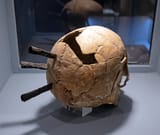
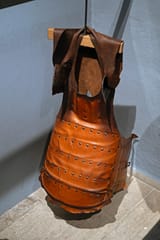
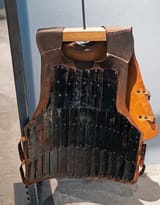
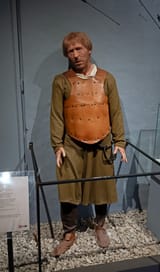
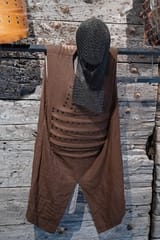
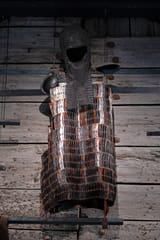
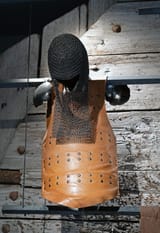
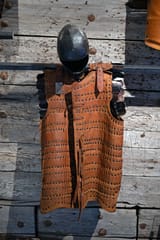
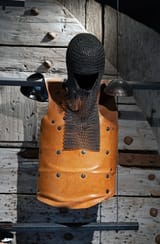
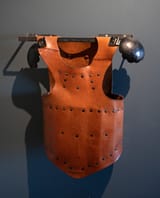
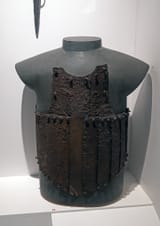
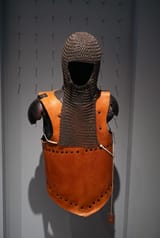
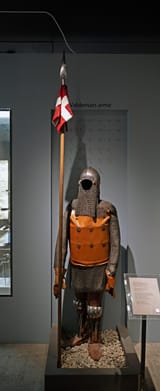
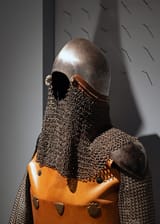
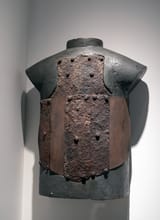

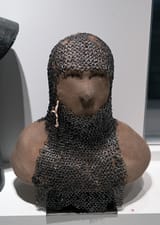
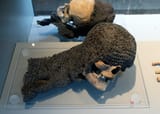
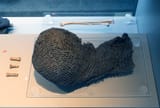

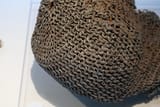

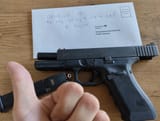

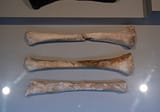





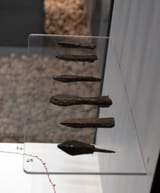
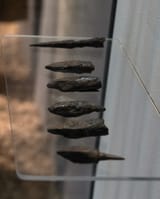
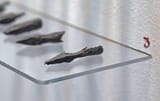
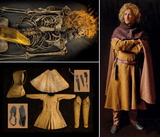
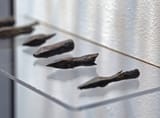
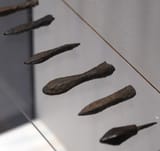


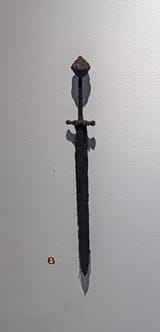
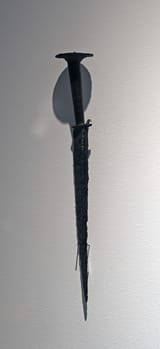
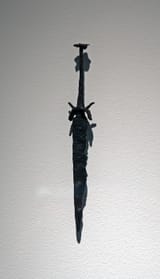
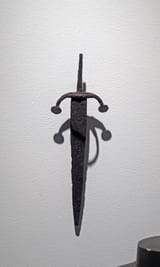
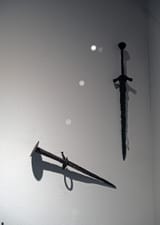
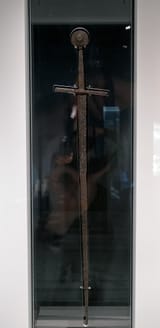


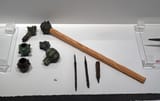
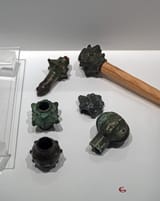
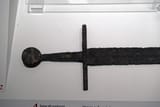
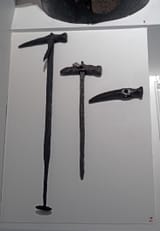
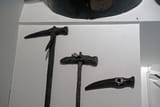

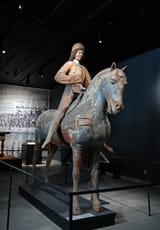
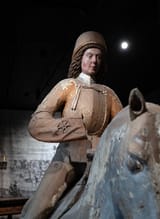
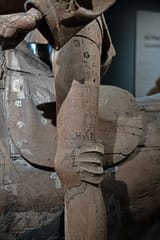
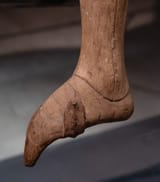
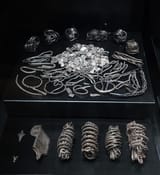

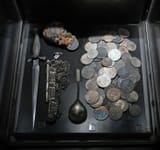

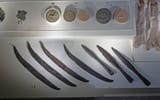
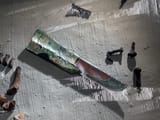
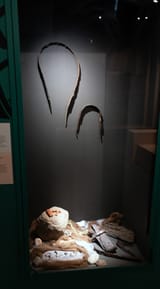
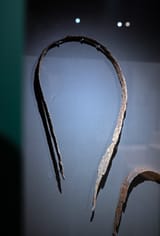
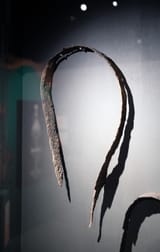
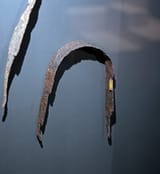
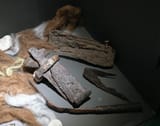
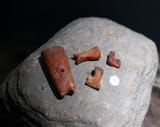

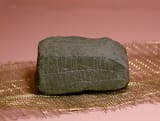

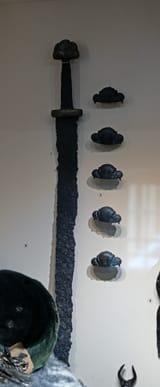
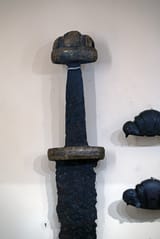
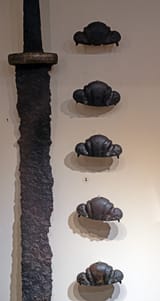
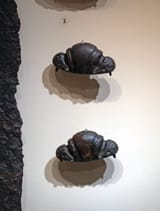
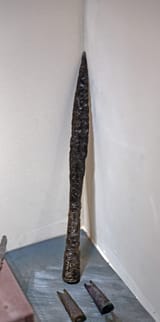
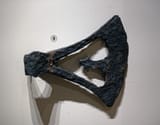
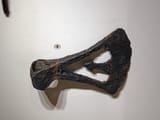
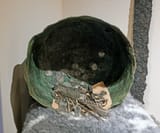
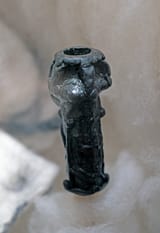
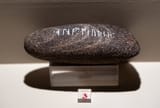
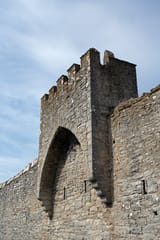

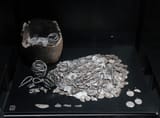
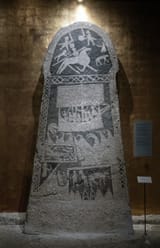

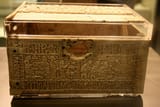
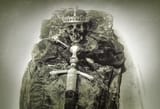

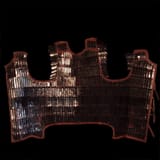
![face-of-a-man-who-died-in-1361-during-the-battle-of-visby-v0-u4ub7woal4sc1[1]](/thumb/k/1751913580847232.jpg)


